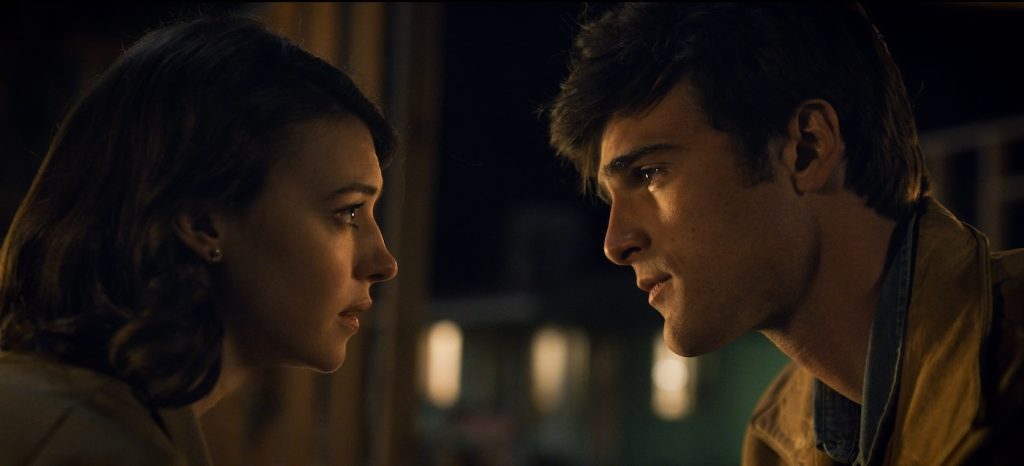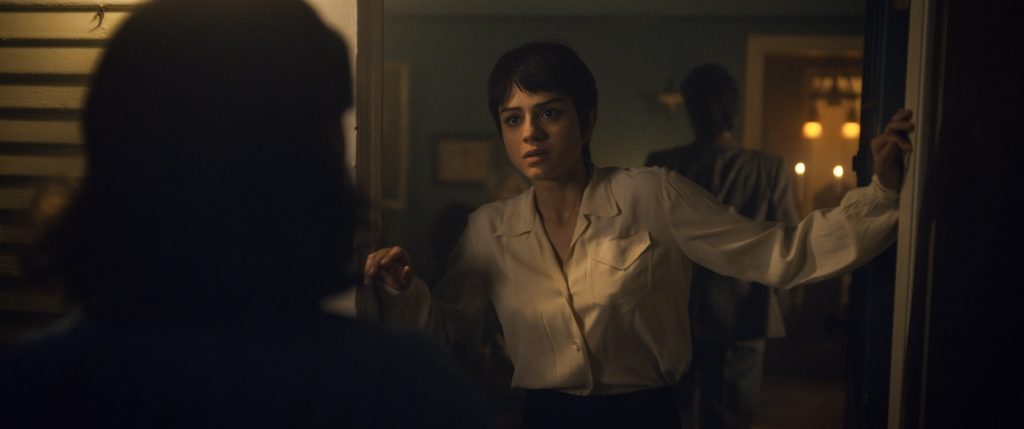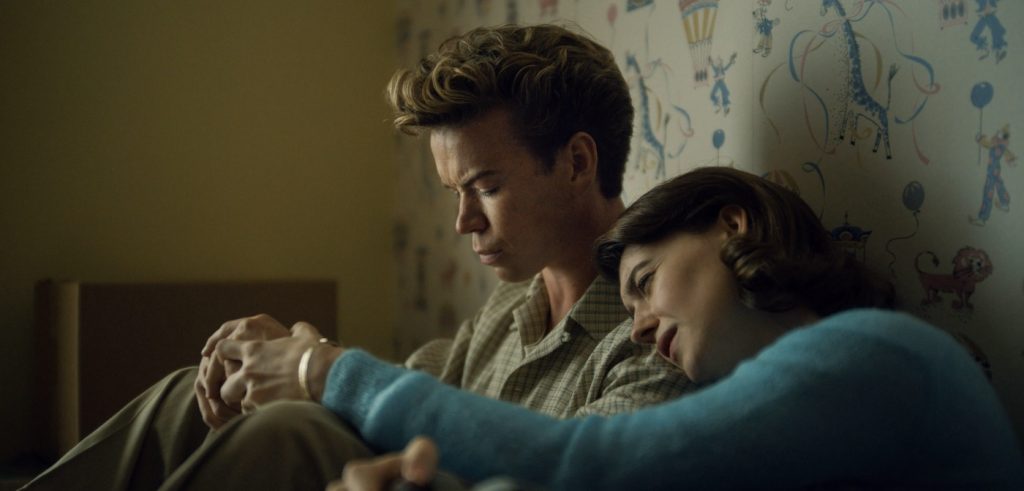“On Swift Horses” Director Daniel Minahan & DP Luc Montpellier on Love in the Shadows in the 1950s
On Swift Horses director Daniel Minahan has long admired the work of cinematographer Luc Montpellier. “He shot Tales From the Loop, which is one of the best series I’ve ever seen. And [the 2022 film] Women Talking is just a feat of design and performance. So I said to him, ‘Your work is so beautiful and so controlled; I really want to mess it up.’”
Minahan was determined that from the music to the set design to the photography, On Swift Horses, which recently had its world premiere at the Toronto International Film Festival, would avoid sentiment and nostalgia in its depiction of queer characters living in the shadows in 1950s America. “I did not want that veil between the characters and the audience. I wanted to put the emotion in the foreground,” he says.
Based on Shannon Pufahl’s 2019 novel, On Swift Horses centers on a seemingly conventional newlywed, Muriel (Daisy Edgar-Jones), and the bond she develops with her brother-in-law, Julius (Jacob Elordi), a mysterious gambler, as both undertake parallel journeys of risk, romance, and self-discovery. Muriel explores another side to her sexuality with Sandra (Sasha Calle), her neighbor in San Diego, while Julius finds passion with fellow gambler Henry (Diego Calva) in Las Vegas.

“It was important to us to not romanticize the period,” says Montpellier. “It’s easy to slip into tropes of romanticism. You needed to feel you were in the room at that time with the characters so you can connect with them. The question became, ‘How do I create a window into the time?’ There were no words then to describe these passions, as LGBT people discovered things.”

To achieve a sense of intimacy, immediacy, and freedom in the motel rooms, casinos, and bars where desire is uncovered and explored, Montpellier shot with a handheld camera to distinguish these from the film’s other, more formal scenes.
Montpellier wanted his camera “almost to be an actor, to create a strong poetic, visual point of view to bring up the context. I don’t want to get in the way of that. I’m proud when the audience reacts to a look that Muriel gives to Julius, and suddenly, you know something is going on. I’m trying to keep an eye open to all of that,” he says. “For the way those scenes are lit, I was leaning into naturalism and honesty with the goal that you felt you were in the room.”
To achieve the mix of light and shadow in the interior scenes, Minahan suggested that Montpellier study not other films but photographs and paintings.
“I did not want to imitate other films,” says Minahan. “The trick of the script is that it has all the tropes of melodrama and noir in this romantic story, and I wanted to find that for ourselves. I wanted to make sure we were not making a pastiche from a fifties film even though that might be fun.” Rather than films from the 1950s, he says, “We looked at documentary photography by Gordon Parks and Bruce Davidson and paintings I admired from the period. Luc and I started sending each other stuff. When he sent me an image from a painter I collect, John Koch, it was one of those moments when I knew I’d chosen the right person to collaborate.”

One particularly memorable scene in the film shows the influence of those visual artists. In the foreground, Julius and Henry are enjoying a close moment in dim light, while in the distance behind them, an atomic test bomb explodes into the night sky above the Las Vegas desert.
“I think of it as the best first date ever, a drink and a bomb,” laughs Minahan. “That image is the cover of the novel; it puts the story in that time period. The visual effects team was so great, but at first, the blast was really big. I said no, the characters would be melting! So they made it 75 miles away in the distance.”
Montpellier looked at “so many images of atomic blasts and people watching with goggles, scarily close,” he says. “It was a kind of innocence. The explosion mimics the fire inside; it’s a symbol of the time, and so it’s a great metaphor. A lot of visual effects were used, but it was also important for me to have practical lighting effects on set so the actors could cue off that. There was a huge lighting rig and wind machine. I wanted to give them what they needed in order to create an environment that allowed them to do their best work.”
The atomic bomb is also symbolic of a complex, post-war era when progress also meant destruction and when the American dream worked for some but certainly not for all. “People were not free in a lot of ways,” says Montpellier. “I love working with filmmakers who want to bring the human condition to light. Dan was so collaborative in beautifully crafting this unconventional love story.”
Featured image: Diego Calva and Jacob Elordi in “On Swift Horses.” Courtesy Black Bear.



